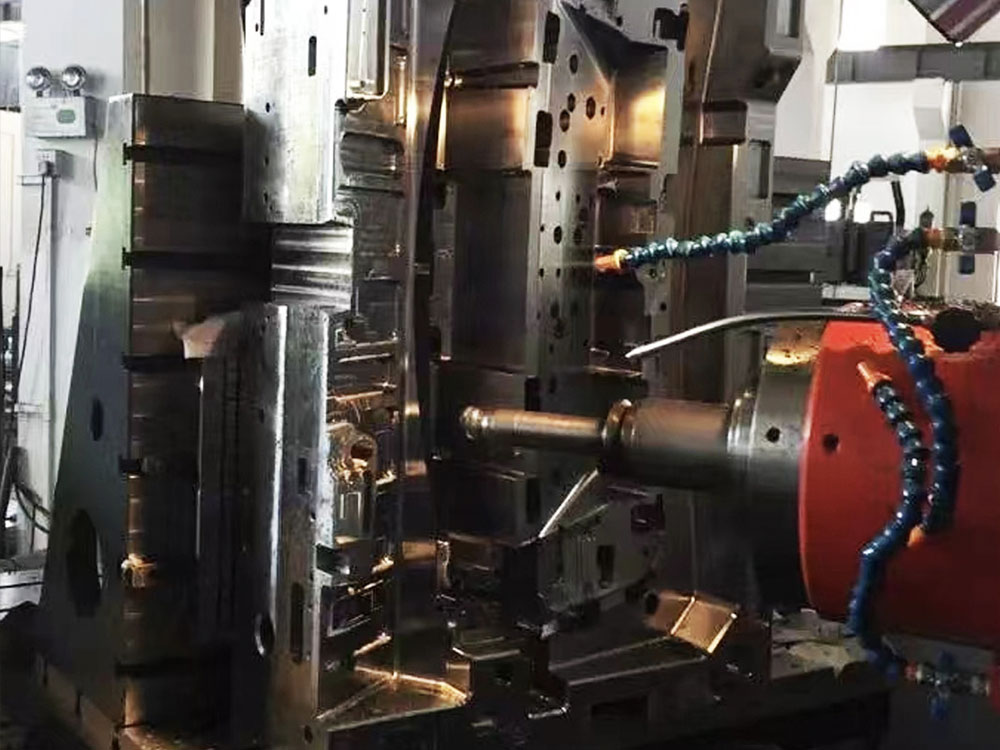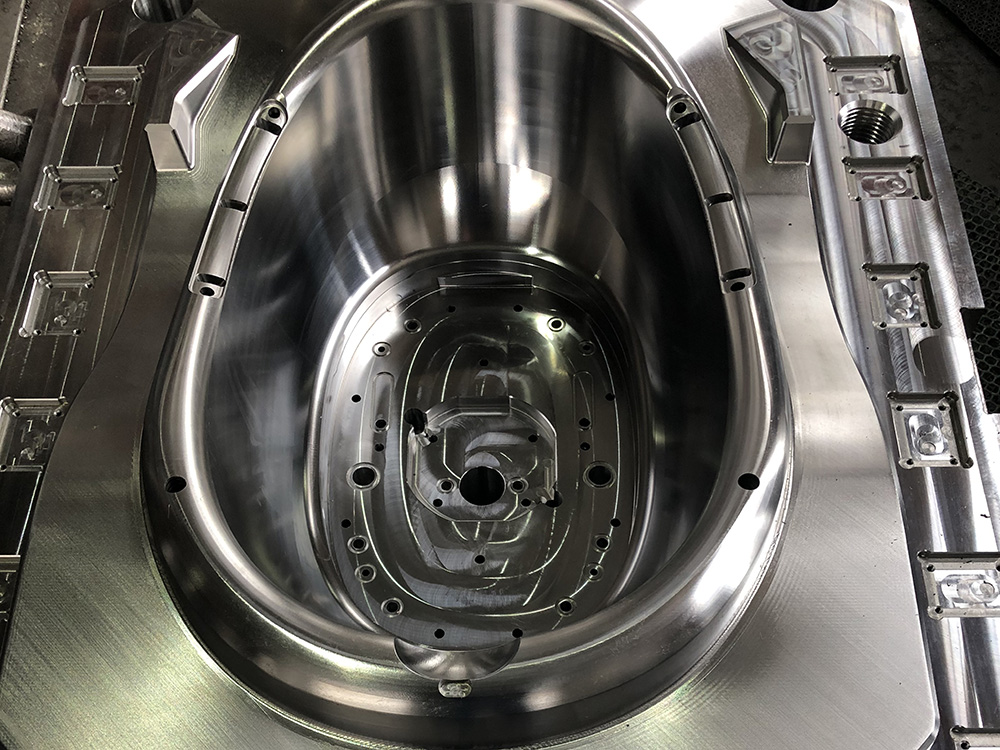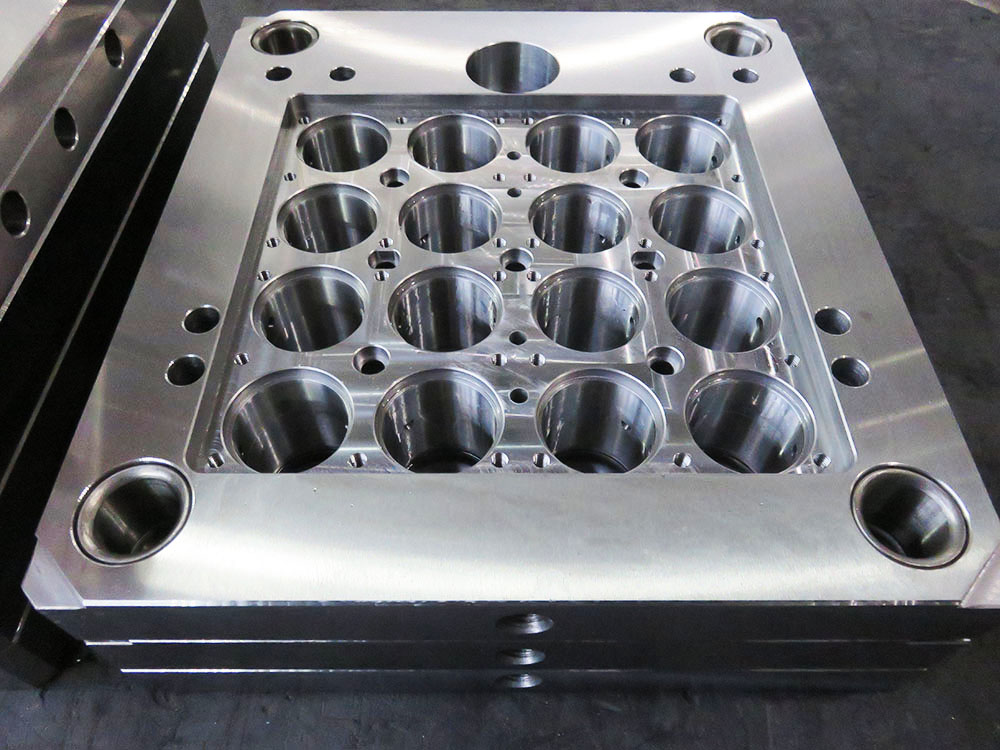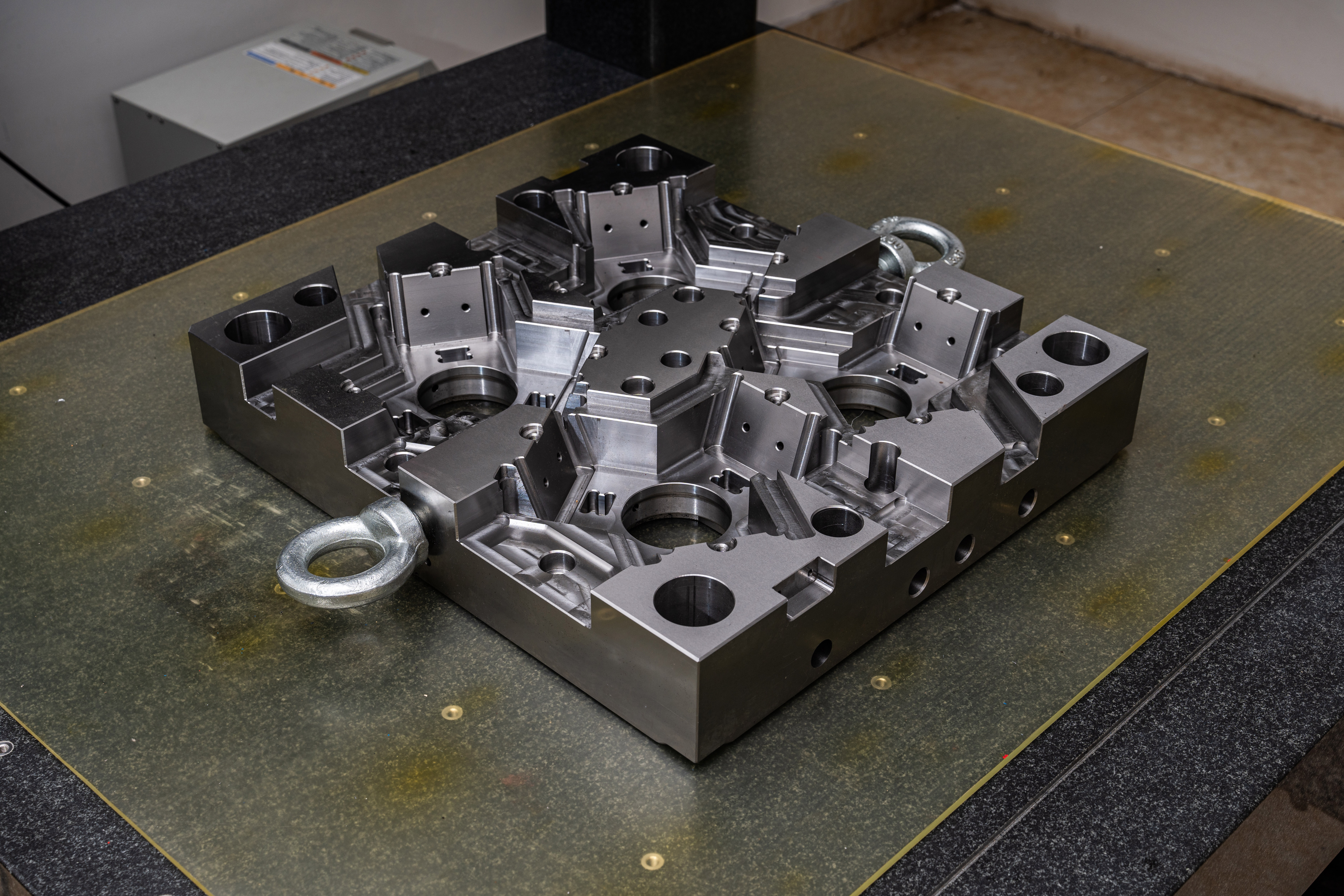Analyzing Both Perspectives of Modularity in the Mold Base Industry
Introduction:
The mold base industry plays a crucial role in the manufacturing of various products. It provides the foundation upon which molds, used to shape materials into desired products, are built. Over the years, the concept of modularity has gained significant attention in this industry. Modularity refers to the design approach where the mold base is divided into standardized modules, allowing for greater flexibility and ease of customization. This article aims to analyze both perspectives of modularity in the mold base industry, highlighting its benefits as well as potential drawbacks.
The Benefits of Modularity:
1. Increased Design Flexibility:
Modularity in mold bases allows for greater design flexibility. By utilizing standardized modules, manufacturers can easily modify and adapt the molds according to specific product requirements. This flexibility enables faster response times to market demands, reducing production lead times and increasing overall efficiency.
2. Cost Savings:
The use of standardized modules in mold bases eliminates the need for custom-made parts for every mold. This results in significant cost savings, as manufacturers can reuse modules across different molds. Additionally, modularity allows for efficient inventory management, as fewer unique components need to be stocked. This reduction in inventory can further lead to cost savings.
3. Ease of Maintenance and Repair:
Modular mold bases simplify maintenance and repair processes. If one module becomes damaged or worn out, it can be easily replaced without having to disassemble the entire mold. This not only saves time but also reduces production downtime, ensuring continuous manufacturing operations.
4. Scalability and Interchangeability:
Another advantage of modularity is the scalability it offers. Manufacturers can easily scale the size of the mold base by adding or removing modules, allowing for flexibility in production volume. Furthermore, modules from different molds can be interchanged, enabling the reuse of existing components in new mold designs, thus optimizing resource utilization.
Drawbacks of Modularity:
1. Increased Complexity:
The modular approach to mold base design introduces increased complexity compared to traditional design methods. Manufacturers must carefully manage and coordinate the interactions between modules to ensure proper functioning of the mold. This complexity can lead to challenges in identifying and resolving potential issues, requiring specialized expertise in modular design and assembly.
2. Limited Customization:
While modularity provides flexibility, it also comes with limitations in customization. Standardized modules may not perfectly align with unique product requirements, necessitating additional modifications or compromising on design specifications. This limitation may be a drawback in industries where highly specialized or intricate molds are required.
3. Initial Investment:
Implementing modularity in mold base design requires an initial investment. Manufacturers need to procure or develop standardized modules, which can increase upfront costs. Additionally, training and retooling may be required to adapt to modular design processes, introducing additional expenses.
4. Potential Performance Trade-offs:
Introducing modularity may potentially impact the overall performance and quality of the mold base. The use of standardized modules may not offer the same level of precision or durability as custom-made parts. Manufacturers must carefully evaluate the trade-offs between modularity and performance requirements to ensure optimal results.
Conclusion:
Modularity in the mold base industry presents both advantages and disadvantages. While it offers increased design flexibility, cost savings, and ease of maintenance, it also introduces complexity, limited customization, upfront investment, and potential performance trade-offs. Therefore, manufacturers must carefully evaluate their specific requirements and constraints before deciding on the implementation of modularity in mold base design. By understanding and analyzing both perspectives, they can make informed decisions to optimize their production processes and meet customer expectations in an evolving market.




